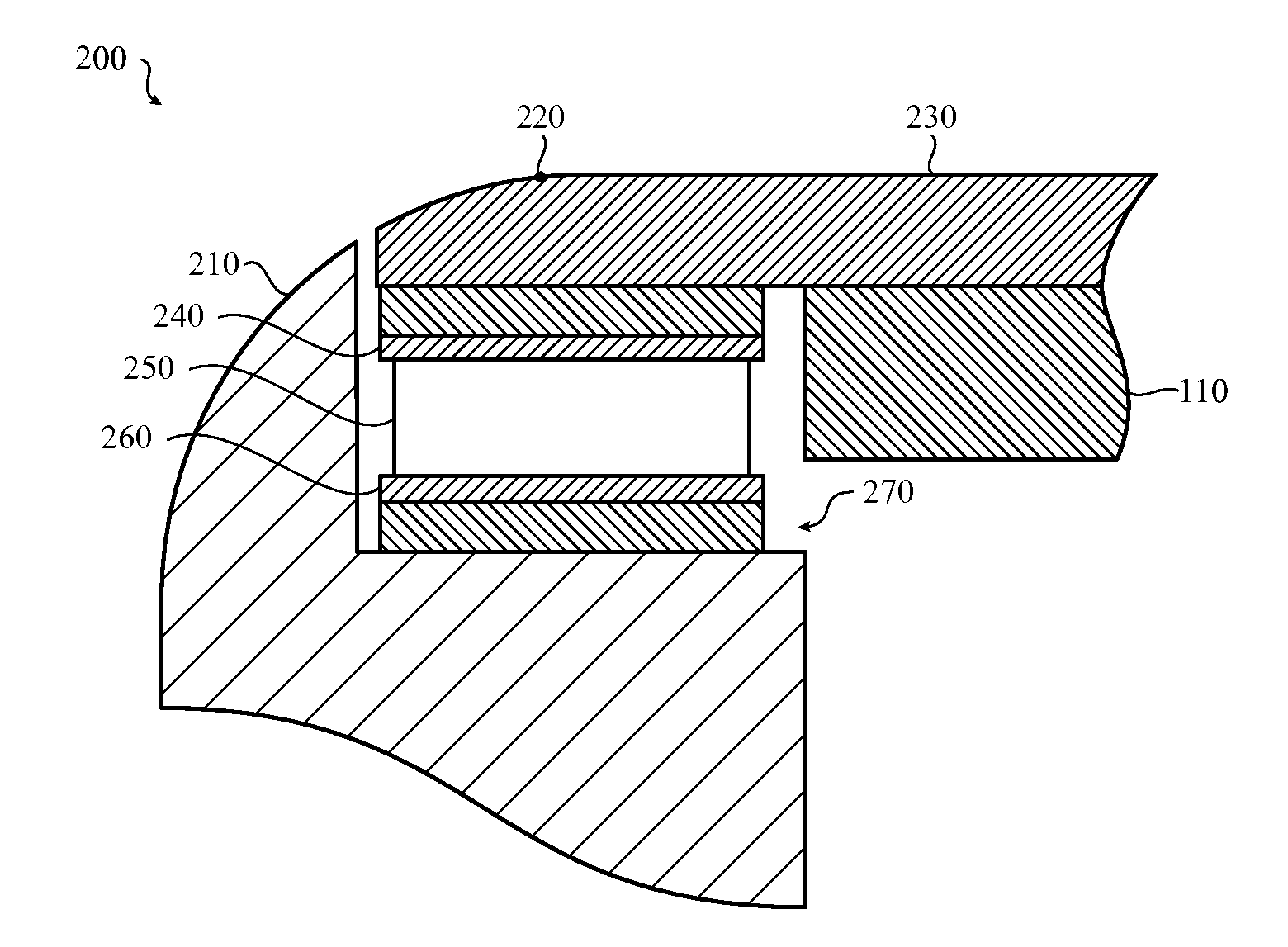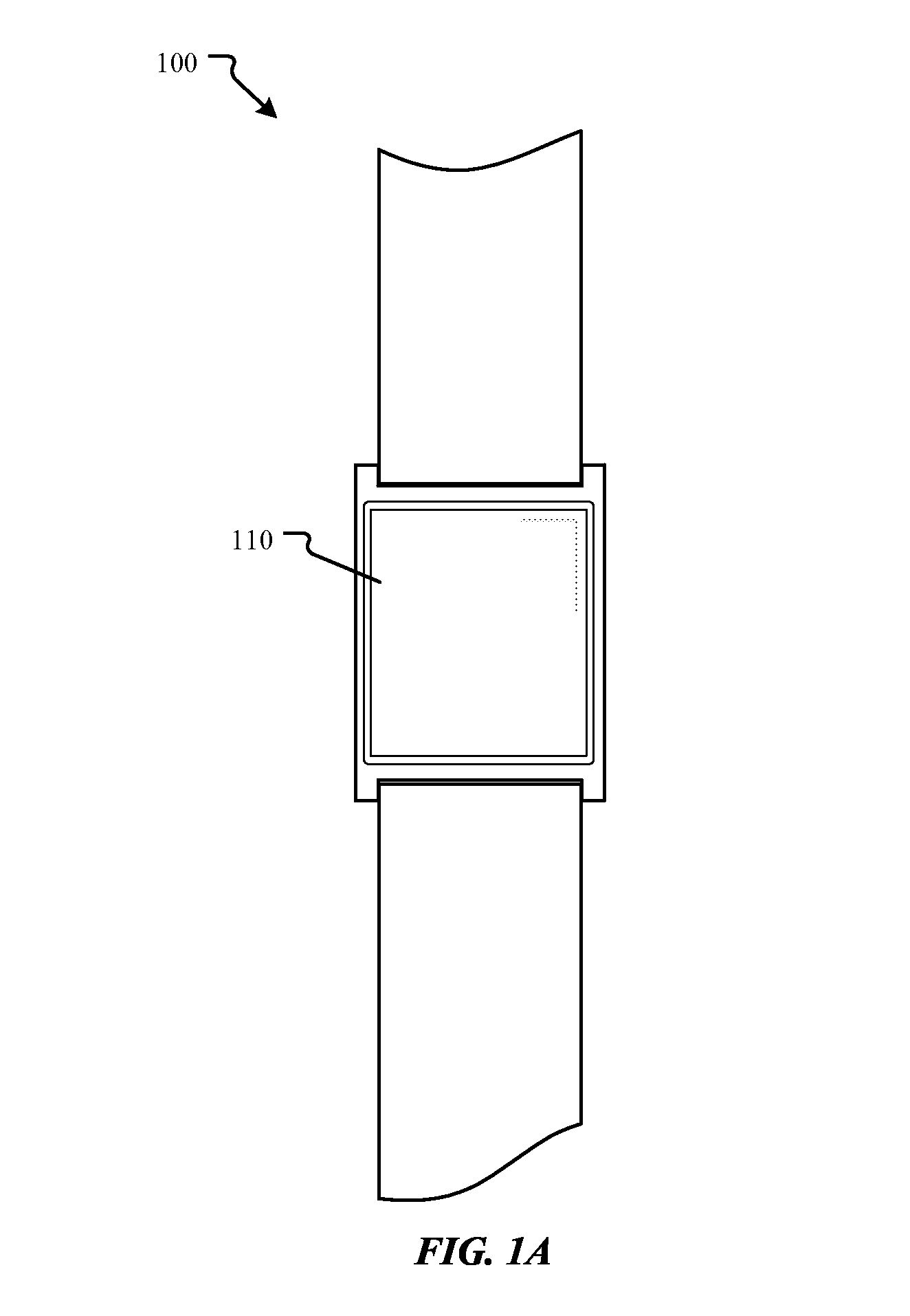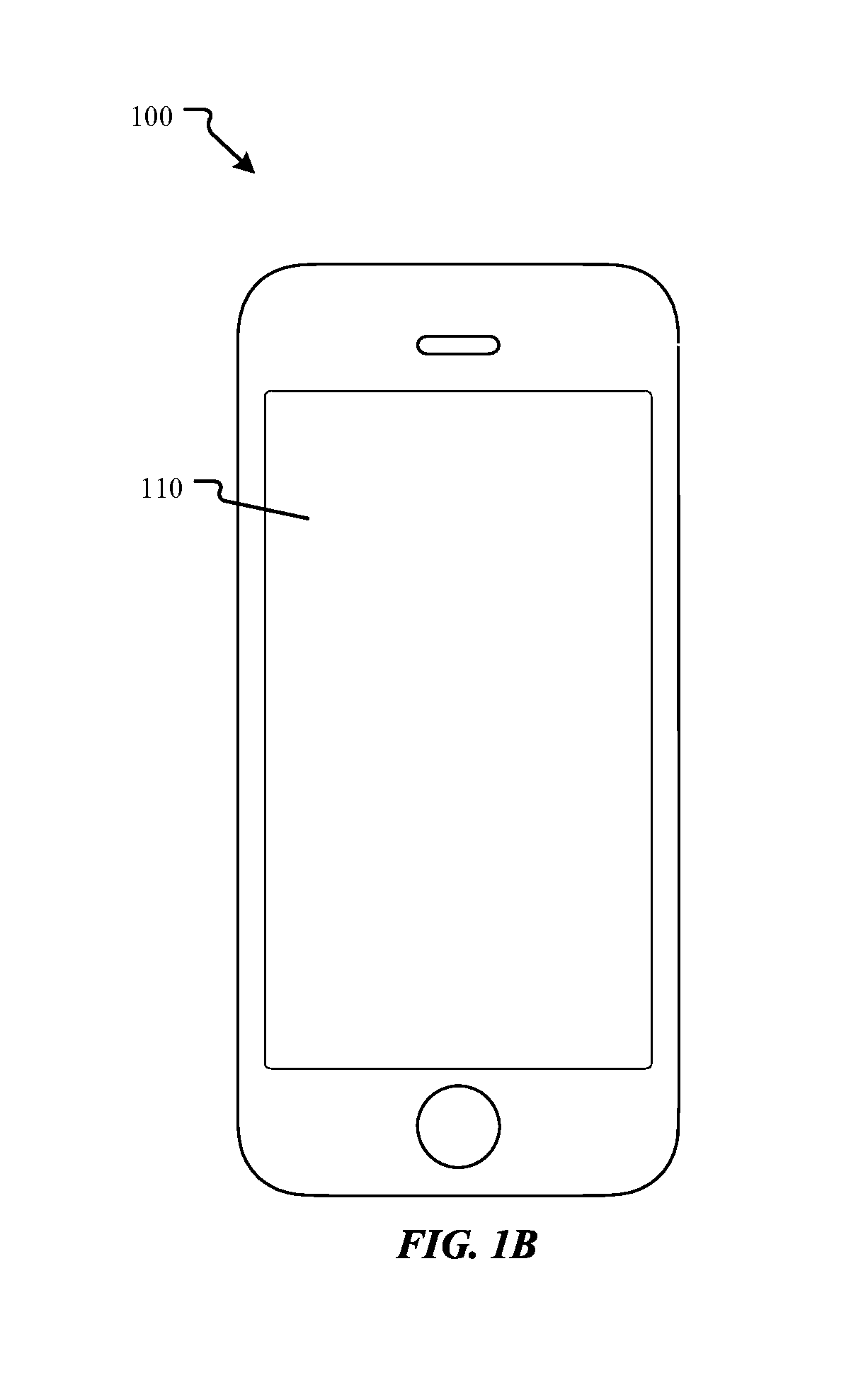Drift Compensation for Force Sensing Devices
a technology of force sensing device and drift compensation, which is applied in the calibration/testing of force/torque/work measurement apparatus, measurement device, instruments, etc., can solve the problems of delayed reaction associated with the received force input, the force sensor may not accurately detect the amount of force being applied at a particular time,
- Summary
- Abstract
- Description
- Claims
- Application Information
AI Technical Summary
Benefits of technology
Problems solved by technology
Method used
Image
Examples
Embodiment Construction
[0016]Various embodiments are described more fully below with reference to the accompanying drawings, which form a part hereof, and which show specific exemplary embodiments. However, embodiments may be implemented in many different forms and should not be construed as limited to the embodiments set forth herein; rather, these embodiments are provided so that this disclosure will be thorough and complete, and will fully convey the scope of the embodiments to those skilled in the art. The following detailed description is, therefore, not to be taken in a limiting sense.
[0017]In some implementations, a computing device, such as those shown in FIGS. 1A-1C, a trackpad for a laptop computer or other input device may use a force sensing device to receive input from a user or an object manipulated by an object (e.g., stylus). The force sensing device may be associated or integrated with a display on the computing device. Further, force received on the display and detected by the force sens...
PUM
| Property | Measurement | Unit |
|---|---|---|
| force | aaaaa | aaaaa |
| stability | aaaaa | aaaaa |
| elastic deformation | aaaaa | aaaaa |
Abstract
Description
Claims
Application Information
 Login to View More
Login to View More - R&D
- Intellectual Property
- Life Sciences
- Materials
- Tech Scout
- Unparalleled Data Quality
- Higher Quality Content
- 60% Fewer Hallucinations
Browse by: Latest US Patents, China's latest patents, Technical Efficacy Thesaurus, Application Domain, Technology Topic, Popular Technical Reports.
© 2025 PatSnap. All rights reserved.Legal|Privacy policy|Modern Slavery Act Transparency Statement|Sitemap|About US| Contact US: help@patsnap.com



